We’ll admit it. There was so much cool stuff at CES this year, that we were caught totally off guard. We went in thinking it was going to be more of the same with Amazon Alexa and Google Assistant running on top of everything and most companies reveling in the marvel of calling it AI but are we glad that wasn’t the case. However, it was not a particularly exciting year for robots at CES this year. For some reason, most companies at this year’s trade show imagined our future R2D2s and C3POs as nothing more than walking tablets. And, yeah, there were lots of walking tablets around. That’s not to say there weren’t some standouts, though, as we did find plenty of examples to keep us excited about the current state of robotics and what its future might hold.
Ubtech Walker
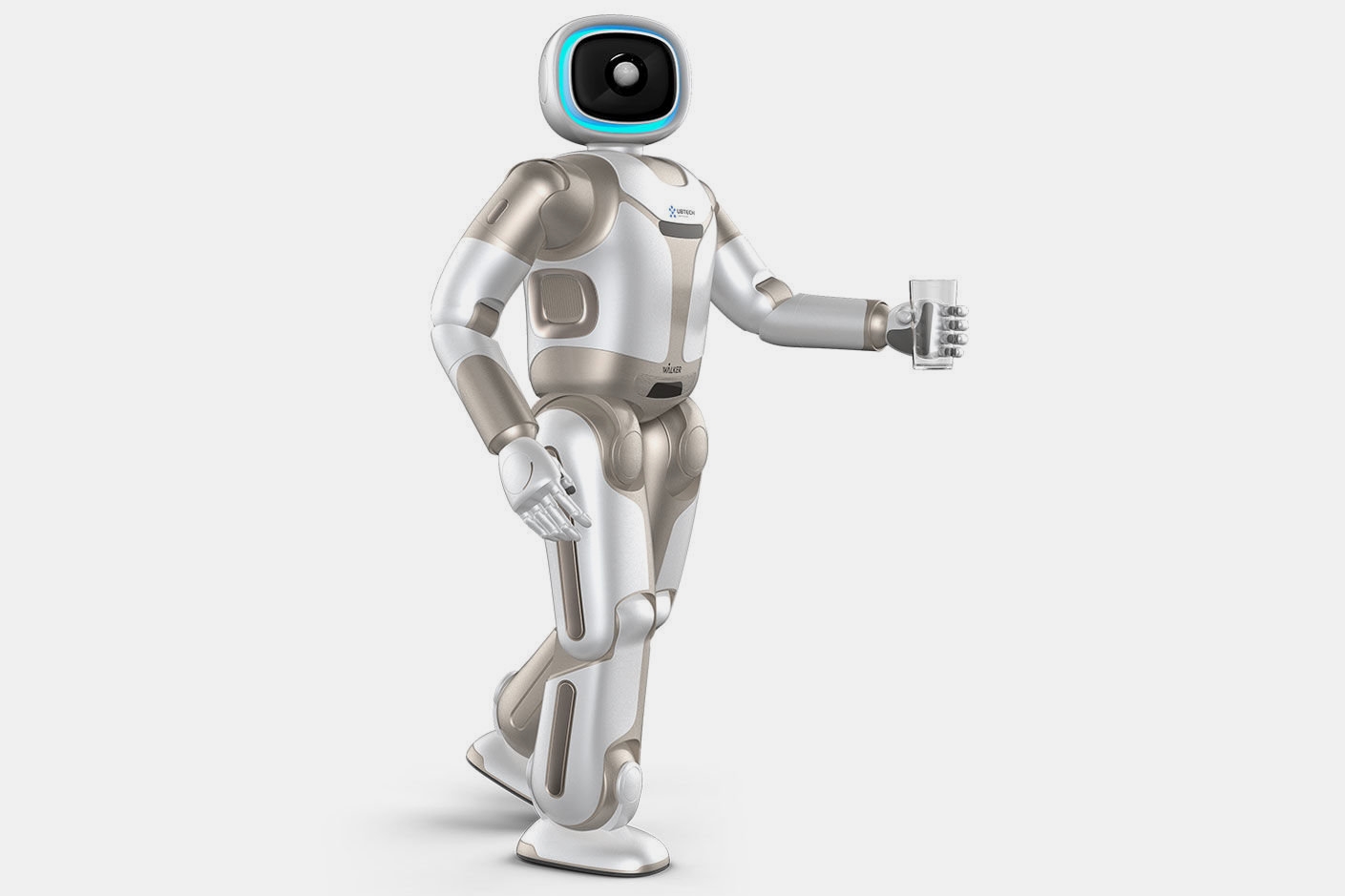
Last year’s CES introduced us to Walker, Ubtech’s soccer-playing two-legged robot. This year, that same 4.75-foot automaton gets updated with a pair of arms, allowing it to perform tasks well beyond kicking balls towards a target. That means, Walker can now do way more things than walk from one point to another, potentially making it a genuinely useful early-generation robot butler for our sci-fi homes. At CES, the robot was shown grabbing an umbrella and delivering a glass of water to one of the hosts, so you can just imagine the potential uses this thing could have in your home. Need to grab a beer from the fridge? Just have the robot do it. How about make a bowl of cereal? Maybe the robot can do it, too, so you can get out of the shower with your corn flakes already drowning in milk.
Of course, all the things the robot did at the show were pre-programmed actions, which means they’re still a long way towards giving this the intelligence it requires to do household chores. Still, given how far we’ve come with digital assistants, it’s not out of the realm of possibility that the kind of tech it requires is just right around the corner, so we’re definitely looking forward to see how far it’s come by this time next year.
Foldimate
We know, it’s hard to call a large stationary box a robot. Regardless of where you stand on that argument, you have to admit what the Foldimate does is impressive. A laundry-folding machine, the device allows you to insert garments through an opening near the top, after which it goes to work, using a complex mechanical system to fold it into a tidy bundle. It can tailor its folding according to the type and size of garment inserted, apart from allowing you to define how much surface space you want the folded item to take, ensuring they will fit perfectly on any shelf, drawer, or closet, regardless of its size. It can fold any item of clothing, towels, pillowcases, and clothing accessories, although it can’t handle much smaller garments (clothes for children five and below) and excessively large items (bedsheets and blankets).
Zoetic Kiki Robot Pet
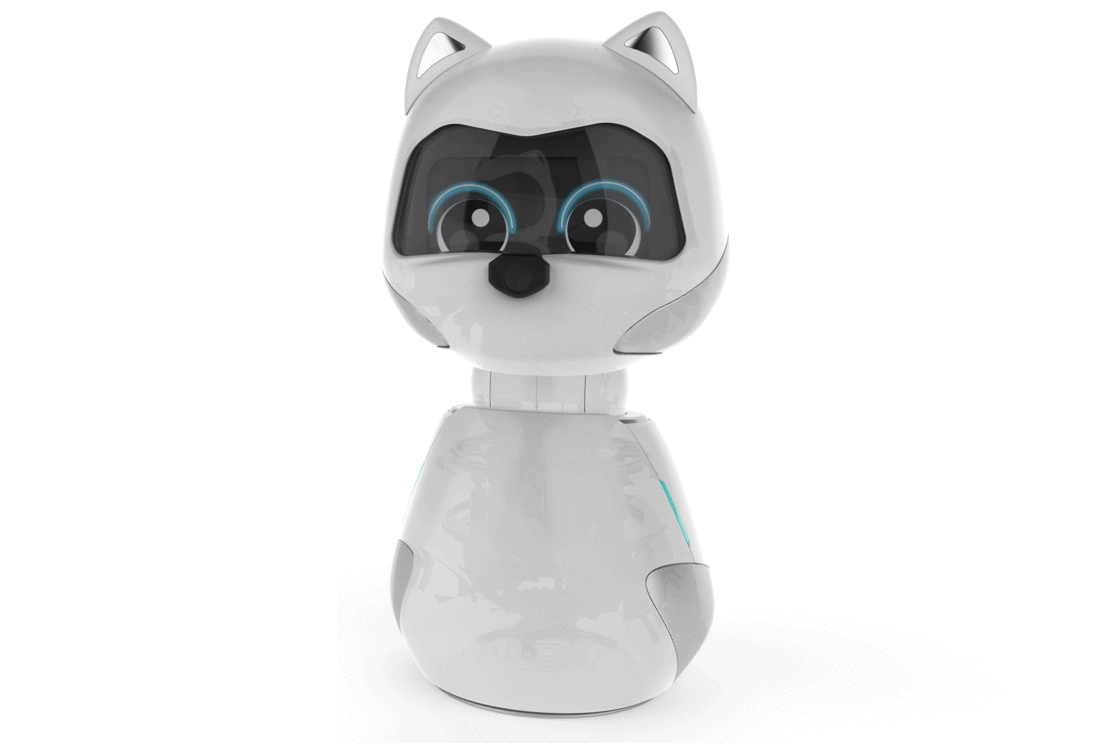
It looks like a robot fox, with its giant anime eyes, upturned ears, and a tail-shaped detail on the side. And like many modern robots, it’s meant to offer companionship, using a camera on its nose to identify people, an integrated speaker to interact, and physical sensors that recognize when it’s being touched (it prefers petting and scratching). It uses machine learning and AI to evolve its personality over time, becoming needier if you enjoy frequent interactions or becoming more independent if you’re aloof towards it. Oh yeah, it can also perform song and dance numbers, although we’re not too sure how much more entertaining it can be than just watching musical performances on YouTube. There’s also a Tamagotchi aspect to the robot, as you’ll have to feed it by drawing food shapes on the companion app (it will recognize the food independently), among other maintenance tasks.
Samsung’s Robot Lineup
Samsung had three robots to show off at CES this year. First up is Bot Air, an air purifier that autonomously makes it way to different rooms of the house, cleaning up pollutants and contaminants to leave fresh air in its wake. Basically, it’s a Roomba than cleans the air rather than the floor, except with an appearance that’s unmistakable for anything than a robot.
They also presented Bot Care, a full-service health-monitoring robot, which can monitor your breathing while you sleep, read your heart rate, and detect falls. As you can imagine, this is aimed more towards seniors who live alone, effectively providing an easy way for family and health care providers to check how you’re doing, as it can follow you around the house all throughout the day. Aside from monitoring a person’s health, the robot can also remind you to take your medication, play music, and even show stretching exercises on its face, which happens to be a large display.
Lastly, they showed off Bot Retail, a commercial robot that can take on the work of waiters and store clerks. A large touchscreen display on the body allows you to choose whatever item you’re ordering, after which it can go to the kitchen or store room, where personnel loads the ordered items at the compartment in the back of the robot. From there, it makes its way back to the customer, waits for payment (via Samsung Pay, we’re guessing), and unlocks the back compartment, allowing the customer to retrieve the ordered items. Yes, they really will take our jobs.
Groove X Lovot
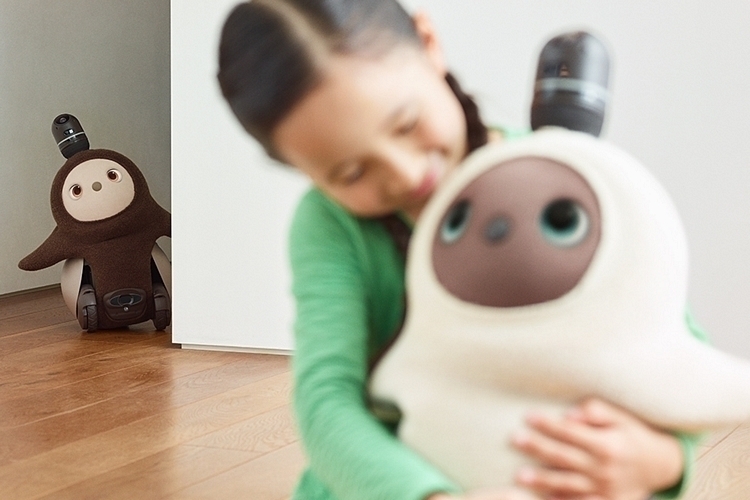
Easily the cutest robot at CES, the Lovot is, essentially, a toddler in a robot-sized package, requiring frequent attention and regular interactions to satisfy its need for affection. If you think that’s annoying, well, it probably is, which is why they’re selling it in pairs, so it can play with another robot during those times everyone in the house is busy dealing with their own stuff. Truth be told, it just might be the most adorable of the companion robots we’ve seen so far, as it seems to genuinely behave like someone you can emotionally connect with, from its lifelike eyes and mumbled sounds to its adorable reactions during interactions and its ever-evolving personality. The fact that it can follow you around the house is a big plus, since it can literally bother people whenever it’s hankering for a little attention, just like a real kid.
Misty II

Unlike many consumer robots we see, Misty II isn’t designed to serve as a home assistant, a robot companion, or an entertainment machine. Instead, the robot is designed merely as a platform that developers, both professional and amateur, can program to do their bidding. That’s right, it’s a robot you can rig to carry out your own nefarious plans, whether by programming it or tacking on new hardware to extend its capabilities, making it a perfect test subject for folks with robotic aspirations in mind. Sadly, it’s not a behemoth that you can unleash to destroy a metropolis (it’s just 14 inches tall), so you can’t quite use it for all your world domination plans just yet.
On its own, the robot is equipped with a good load of hardware, such as wheels that allow it to move, an LCD panel for a face, a 3D occipital sensor for mapping its surroundings, a 4K Sony camera for recognizing objects (including faces), and eight navigation sensors. What it actually ends up doing, however, is up to you and what kind of code you load on its dual SnapDragon processors, which can run either the Windows IoT Core or Android 8.
RoboSea Robo-Shark
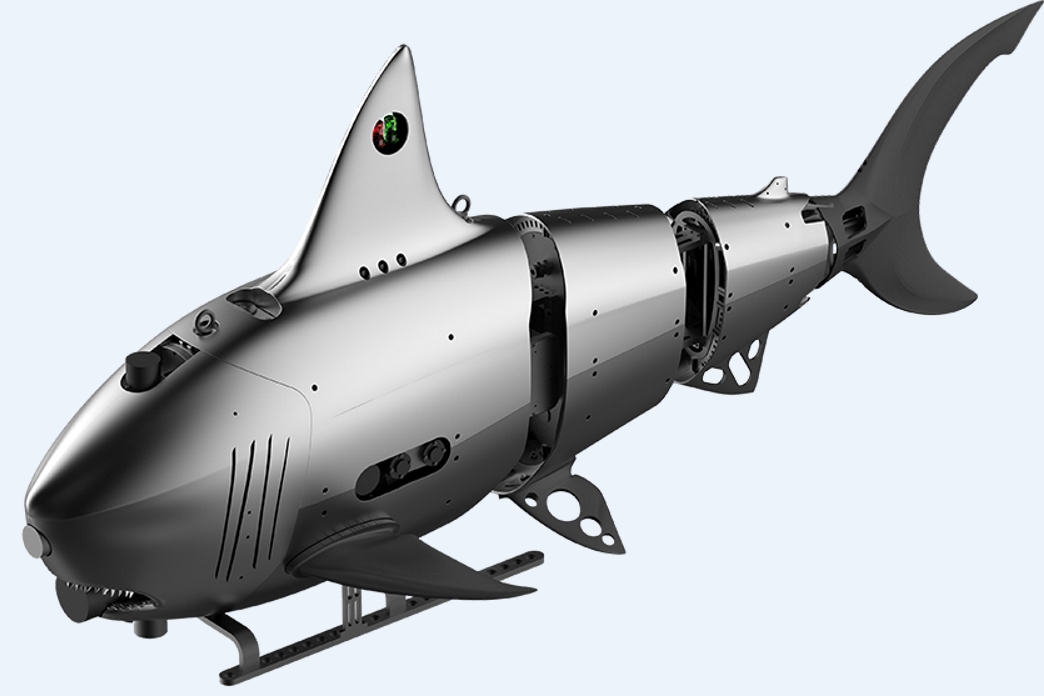
A robot clad in the likeness of a shark, the swimming automaton uses fish-like movements to make its way quietly and efficiently around the water, even in the midst of strong waves, all while relying on obstacle avoidance tech to safely maneuver through any object it encounters. Measuring two feet long, it comes with generous compartment inside the body for holding payloads, allowing it to be used to transport cargo discreetly. It can swim at depths of up to 300 meters, operate up to 3km away from the ground station, and stay in the water for up to two hours before coming back to shore for a recharge, all while moving at a brisk pace of 10 knots.
BreadBot
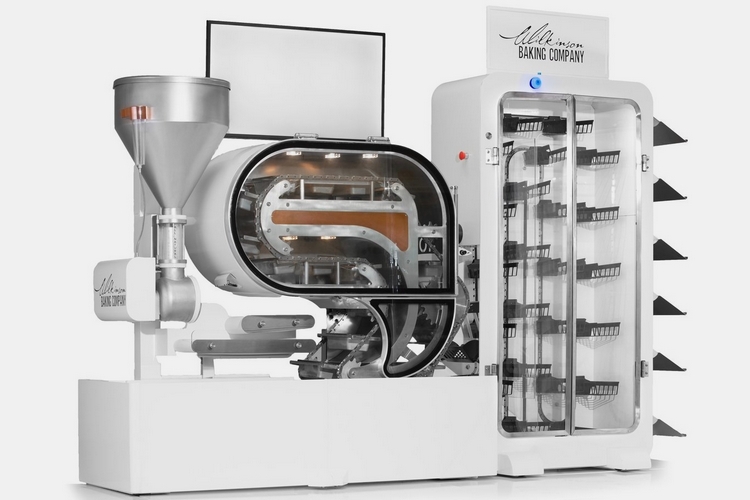
Just like Foldimate, the BreadBot’s status as a robot can be contested, as it’s, technically, just a large bread factory, churning out loaves of bread after receiving bread mix as input. Still, you can’t discount just how impressive its function is, churning out up to 235 loaves per day, while chopping down the amount of human intervention necessary to a mere 40 minutes for an entire workday. After receiving bread mix, it handles everything else, from kneading the mix into a dough and shaping the dough to proofing the dough and baking it in an oven. Whenever it runs low on dough or has an overloaded bread cabinet, it will even inform personnel by issuing audible alerts.
